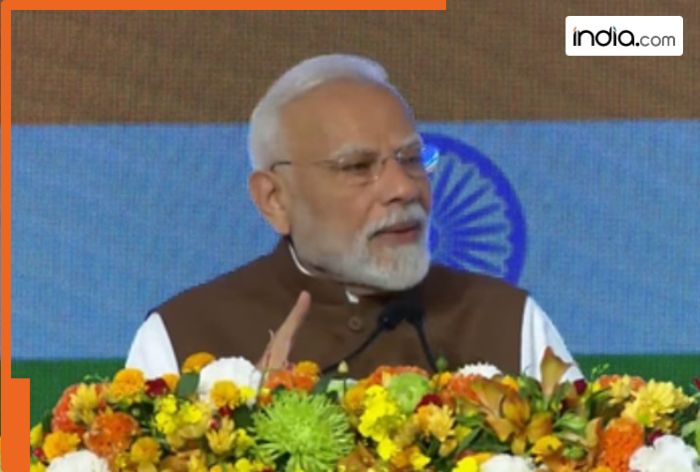
After Operation Sindoor, India is continuously increasing its strength, making its armed forces more powerful. Recently, the government has approved 87,000 crore for next generation defence equipment.

Rs 87000 Crore Defence Deal: The world is going through a very tough time as after Russia-Ukraine and Israel-Hamas, a fresh conflict started in East Asia where Thailand has launched an airstrike on Cambodia over border dispute. Cambodia also retaliated, leaving other Asian countries in tension. The strategy to strengthen the defence system has gained further strength. After Operation Sindoor, India is continuously increasing its defence capabilities. The country’s situation is critical as it shares its borders with Pakistan and China. Apart from strengthening its armed forces, India is also expanding its road connectivity in border areas. The central government has cleared crores for it. The government is continuously acquiring the best possible weaponry. Adding to it, New Delhi has included strategically important warships in the Indian Navy. It is expected that India will include several warships in its naval fleet.
It was revealed that China and Turkey helped Pakistan during Operation Sindoor. Now India is strengthening its air defence systems. Millions of rupees are being invested in the project to make the Air Force more powerful through cutting-edge technology.
Work is underway for a defence deal of Rs 87 thousand crores to increase the power of the Air Force. According to the information, the government has given the green signal to a deal of Rs 20000 crore, while another deal of Rs 67000 crore is likely to get approval soon. These two defence deals are worth Rs 87000 crore. Interestingly, neither the purchase of the Brahmos cruise missile nor the Rafale is included in these two deals.
Rs 20000 crore: AWACS Project
The government has recently approved the NETRA MK-II project that cost around Rs 20,000 crore. This project is an ambitious next-generation airborne warning and control system (AWACS) initiative led by the Defence Research and Development Organization (DRDO).
The initiative involves the significant modification of six Airbus A321 aircraft, which were previously obtained from Air India. This project will be carried out in partnership with Airbus and private sector companies in India, transforming the aircraft into advanced aerial surveillance platforms featuring a completely domestic active electronically scanned array (AESA) radar system.
The main focus of NETRA MK-II is its indigenous AES radar, which is installed on each aircraft. This will provide 360-degree coverage in real time, making it capable of detecting, tracking and identifying enemy aircraft, missiles, and UAVs.
The new MK-II system is a big upgrade from the older one. It uses advanced gallium nitride (GaN) AESA technology, which makes it much better at detecting things and harder to jam.






